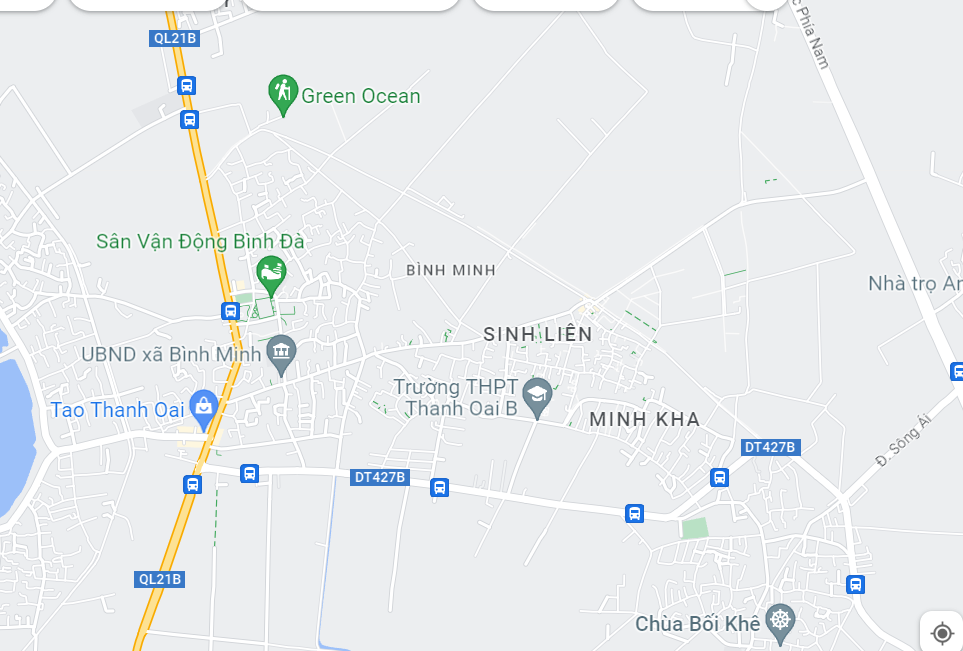These are the costs incurred in the day-to-day running of the business and generally provide economic benefit over a shorter period, usually one accounting period. These are similar to operating/ non-operating day-to-day business running expenditures. It’s important for businesses to carefully monitor their operating expenses to ensure they stay within budget while still being able to provide quality products or services. By keeping these costs under control through smart procurement strategies and efficient resource management practices – businesses can remain profitable even during challenging economic times.
These are typically listed on the income statement after operating income. Consequently, revenue expenditures are expensed immediately on the income statement in the period incurred, directly reducing net income for that period. Correctly distinguishing between capital and revenue expenditures is important for accurate financial reporting. This distinction also has tax implications, as tax rules often follow similar principles.
Credit Risk Management
Record each expense in the accounting software or ledgers; at the same time, follow up on each with complete accuracy and clarity in its report. Expenses form an integral part of an income statement, as they are subtracted from revenues to realize the net profit or loss for a particular period. Businesses compute this to arrive at an estimate for their operational efficiency and profitability. Business owners are not allowed to claim their personal, nonbusiness expenses as business deductions.
- These expenses support overall operations but aren’t tied to one specific cost object.
- However, there are always some other things to be considered during the accounting of your expenses.
- Staying on top of your expenses and business budget also helps you identify problems like overspending and cash flow issues early on – so you can nip them in the bud before they become bigger concerns.
- ERP.AI enhances expense management by automatically categorizing and analyzing your business expenditures, uncovering spending trends, and identifying areas where costs can be reduced or optimized—all in real time.
What Are The Two Types Of Expenses In Business?
Examples may include rent, salaries of permanent employees, insurance premiums paid, and the depreciation of any equipment. Clarity and understanding of accounting expenses are important for businesses, as they impact their financial health and influence the decision-making process. Whether it is a small business or a large corporation, accurately classifying and recording different types of expenses is essential to ensuring financial statement accuracy. These costs provide benefits throughout more than one accounting period, i.e., long term, and require a huge amount of outflow of funds or are used in upgrading assets, acquiring land, setting up plants and machinery.
Tax-deductible business expenses
It allows users to extract and ingest data automatically, and use formulas on the data to process and transform it. Expenses are a daily occurrence in many business and accounting roles, so a potential employer would likely assume you understand expenses if you have prior work or internship experience in finance. Businesses are allowed to deduct certain expenses to help alleviate their tax burden. However, if you have questions about what’s deductible, it’s typically a good idea to consult with a tax expert. Let us understand the different types of fund outflow in a business that is used to prepare the expense report, with the help of an example.
Apply the accrual basis:
For a construction project, lumber, concrete, and wages of carpenters working solely on that site are direct costs. These are fundamental components when determining the cost of inventory and cost of goods sold under accounting principles like U.S. Accrual accounting is based on the matching principle- which means that expenses are recognized in the same time period in which related revenues are recognized. This ensures that accurate profits get reflected during each accounting period. You would have to break down your business’s expenses and revenue in your income statement.
Differentiate Between Expenses and Expenditure
In accrual accounting, costs are recognized as they are incurred, independent of when the actual payment is made. It simply means that expenses are recorded during the accounting period relevant to it and matched with revenues to which they relate, providing an accurate financial picture. The Selling, Marketing, and Administrative (SMA) expenses, amounting to $2,436,508 thousand, encompass all the costs related to promoting, selling, and managing the company’s products. These expenses are critical for maintaining and growing the company’s market presence, supporting customer relationships, and ensuring efficient operational management. By investing in these areas, Hershey aims to drive sales growth, enhance brand recognition, and streamline its internal processes.
- For example, your company paid its rent for the entire year in advance in January itself.
- In this respect, managing operating expenses is crucial for a firm’s profitability.
- It is important to differentiate between these two types of expenditures when creating your budget plan.
- In fact, under this method of accounting, if your business has incurred a minor amount of expense that will not be used for a long period of time, the whole amount would be recorded as an expense at once.
- This is because businesses can claim certain things as deductions on their taxes, so the U.S.
- Tracking your expenses is essential to staying on top of your business finances and your profitability.
Financial
However, if the purchase amount of your asset is higher than your business’s capitalization limit, then it has to be recorded as an asset and charged to expense later on when the asset is being used. These are those expenses that vary a lot, mostly from month to month, and are part of your company’s largest expenses chunk. Variable expenses are dependent on the number of units you produce or sell. For example, payroll of a company that hires a large amount of freelancers, overtime expenditure, commissions, etc. Further on, having a complete understanding of your expenses will also help you in identifying all those expenses that you can write off, hence reducing their taxable income and subsequently their tax liability. This is because, without you understanding your expenses, your business functioning would continue to remain incomplete.
Therefore, it does not form part of the income statement; rather, they are capitalized, shown on the asset side of the balance sheet and written off slowly over time. Anything you spend money on to operate your business and generate revenue counts as a business expense. Common business expenses include rent, staff wages, equipment, vehicles, payments to suppliers, and insurance.
The number of years over which a business writes off a capital expense what are the two types of expenses varies based on the type of asset. Staying on top of your expenses and business budget also helps you identify problems like overspending and cash flow issues early on – so you can nip them in the bud before they become bigger concerns. If an expense is for both business and personal use, you can only deduct the portion of the expense that applies to your business. For example, if you drive a vehicle for business and personal use, you can only deduct the percentage of vehicle-related costs that apply to business use.




